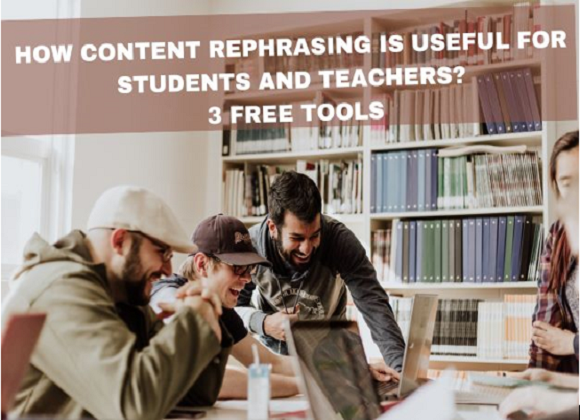Courses
Grow skills with quality courses
Research has shown that using videos for learning makes it a lot easier for students to understand various topics and ideas. It’s one of the best learning tools that we can use for sure. Content is king. Pupils watch content because they are looking for something and it should be your main goal to help them find it.
The following are the key elements for creating content creation:
Sound (Audio)
Audio can bring your video to life. It adds another level of engagement; one that evokes emotion and meaning far beyond what moving images can do by themselves. Good quality audio is paramount. Use the right tone. Make sure narrations and background music are as clean as possible. The voice-over should be related to the visuals. Videos are best served with a conversational tone. If you are too monotone, your video will be boring.
Image
People are visual creatures by nature. Visuals are also just easier to digest, as well as easier to remember. Images don’t just stand out at first sight; they’re also easier to remember. Use appropriate and clearly visible images. It should be free from copyright and watermarking. Quick, engaging visuals keep the viewer interested because they are seeing something new every few seconds. To avoid confusion use adequate images instead of multiple images.
Graphics
The graphic use in our videos is equally important. These visuals can help captivate the attention of the audience. Animation can convey information in an impactful manner. Video graphics should be relevant to the content.
Text
Text on video is important. It helps your audience follow the message even when the sound is off. Sometimes, it conveys the message even better than an image and it definitely helps the video to be more engaging, understandable, and clear.
Match the background with the amount of text you put on it
At the same time, align the text you put on a video with the objects that are in the video When you highlight a certain word or phrase, it helps you stay focused and get rid of the less important text or rephrase it to make it shorter. The less text you have, the better. If you really need to use a longer text, try breaking it into smaller chunks and placing each phrase on a separate slide.
Take Break
Pause and ask questions help the audience to correct their mistakes. Guiding questions help the audience to recall the concept.
Summarization
Summarizing holds many learning benefits because it goes beyond mere manipulation of information. Students are required to generate or read inferences that go beyond what is presented in the video. So, ask your learners to read a summary of each video content. It is easily scalable and employable in any course and also functions without feedback. Just add the video summary at the end of your video.
Follow up
At the end of the video, it is essential to give follow-up work. It extends audience knowledge and gives another opportunity to review the content. Follow-up teaches students the importance of planning, staying organized, and taking action.
About the author
Comments
Recommended by Gurushala
Related Articles

Technology & Innovation
-By Valentina MilanovaHow Content Rephrasing is Useful for Students and Teachers? 3 Free Tools
